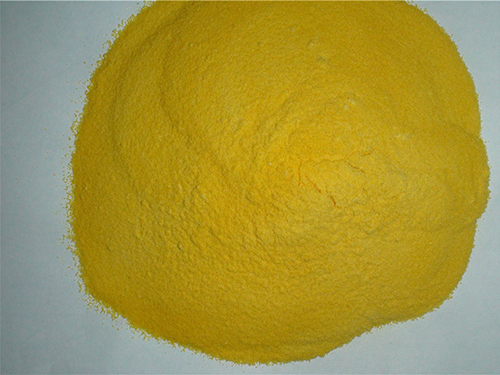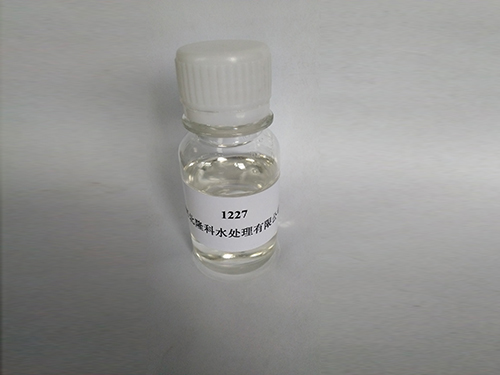1 月 . 21, 2025 03:00
Back to list
types of flocculants in water treatment
Water treatment is an intricate and essential process aimed at making water more acceptable for a specific end-use. In this context, flocculants are pivotal components used in the sedimentation stage of water treatment to enhance the removal of suspended particles. Understanding the various types of flocculants can significantly impact both the efficiency of water treatment processes and the quality of the treated water.
Naturally occurring flocculants are derived from sustainable sources and have garnered increased attention due to their biodegradability and minimal environmental impact. These include chitosan, derived from the shells of crustaceans, and plant-derived agents like Moringa oleifera seeds. Chitosan is noted for its dual functionality in both coagulation and flocculation processes, with applications spanning wastewater treatment and even potable water scenarios. Moringa oleifera seeds offer an eco-friendly alternative with flocculating properties similar to alum but devoid of toxicity concerns. The increasing demand for sustainable practices in industries and municipalities is propelling research and application of these naturally derived flocculants. The choice of flocculant in a water treatment system is influenced by several factors including the characteristics of the suspended particles, the type of application, economic considerations, and regulatory requirements. For instance, while organic polymers might offer heightened effectiveness in complex industrial wastewaters, naturally occurring products are better suited for rural and environmentally sensitive settings. Ongoing research in the development of flocculants is aimed at advancing their performance in terms of efficiency, economic viability, and environmental safety. Innovation in the formulation and application techniques can optimize coagulation-flocculation processes, reducing both the volume of sludge produced and residuals in treated water. In conclusion, flocculants play a critical role in ensuring the success of water treatment processes. By understanding the distinct types of flocculants—whether inorganic, organic, or naturally derived—industries and municipalities can make informed choices that align with their operational goals and environmental responsibilities. As technology and research continue to evolve, the future of flocculation in water treatment will likely witness significant advancements, leading to more efficient, sustainable, and safe water treatment practices.


Naturally occurring flocculants are derived from sustainable sources and have garnered increased attention due to their biodegradability and minimal environmental impact. These include chitosan, derived from the shells of crustaceans, and plant-derived agents like Moringa oleifera seeds. Chitosan is noted for its dual functionality in both coagulation and flocculation processes, with applications spanning wastewater treatment and even potable water scenarios. Moringa oleifera seeds offer an eco-friendly alternative with flocculating properties similar to alum but devoid of toxicity concerns. The increasing demand for sustainable practices in industries and municipalities is propelling research and application of these naturally derived flocculants. The choice of flocculant in a water treatment system is influenced by several factors including the characteristics of the suspended particles, the type of application, economic considerations, and regulatory requirements. For instance, while organic polymers might offer heightened effectiveness in complex industrial wastewaters, naturally occurring products are better suited for rural and environmentally sensitive settings. Ongoing research in the development of flocculants is aimed at advancing their performance in terms of efficiency, economic viability, and environmental safety. Innovation in the formulation and application techniques can optimize coagulation-flocculation processes, reducing both the volume of sludge produced and residuals in treated water. In conclusion, flocculants play a critical role in ensuring the success of water treatment processes. By understanding the distinct types of flocculants—whether inorganic, organic, or naturally derived—industries and municipalities can make informed choices that align with their operational goals and environmental responsibilities. As technology and research continue to evolve, the future of flocculation in water treatment will likely witness significant advancements, leading to more efficient, sustainable, and safe water treatment practices.
Share
Latest news
-
The Ultimate Guide to Flocculants: Transforming Water TreatmentNewsNov.01,2024
-
Improve Your Water Treatment Solutions with PolyacrylamideNewsNov.01,2024
-
Enhance Your Water TreatmentNewsNov.01,2024
-
Empower You to Achieve the Highest Standards of Water QualityNewsNov.01,2024
-
Effective Scale InhibitorsNewsNov.01,2024
-
Discover the Power of Poly Aluminum Chloride in Water TreatmentNewsNov.01,2024





